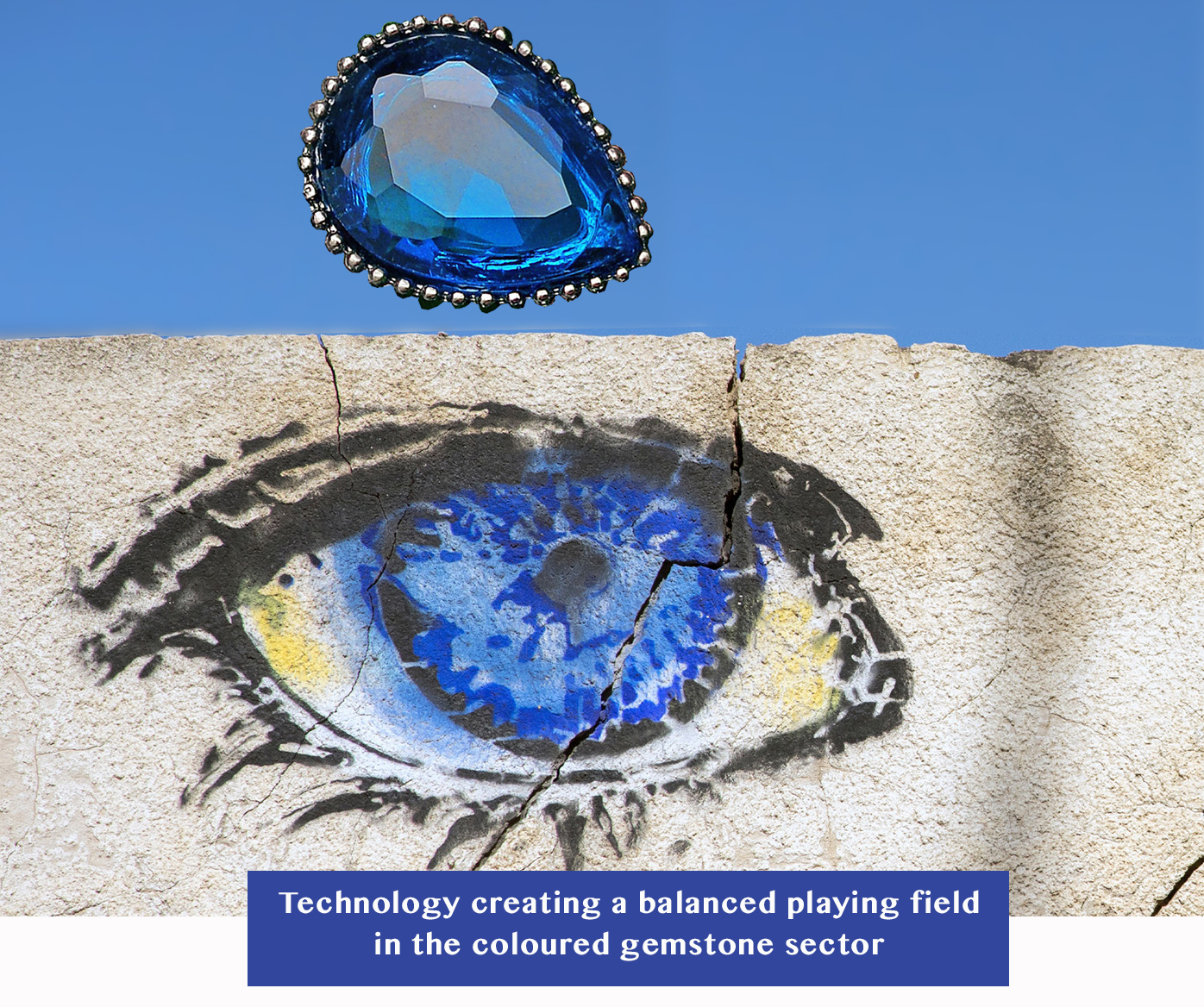OCTOBER 9, 2019
With fewer than six weeks to go to the opening of the 2019 CIBJO Congress in Manama, Bahrain, on November 18, 2019, the fifth of the CIBJO commissions’ Special Reports has been released. Prepared by the CIBJO Coloured Stone Commission, headed by Charles Abouchar, the report looks at opportunities provided by new technologies, and also at the vexing issue of gemstone variety names being used for marketing purposes, with few if any agreed to gemmological standards.
“One would surmise that, with the pace of technological advancement today, the challenges facing the coloured gemstone sector would be lessening in number,” Mr. Abouchar writes. “But, as we discover time and time again, both technology and human ingenuity have a tendency to create new challenges and transform old ones. We have our work cut out for us.”
“However, as an organisation committed to instilling ethical business practices, technology enables us to reach out to our colleagues in ways that once were not possible,” he continues, noting that over the past year CIBJO has made two landmark guides available to the industry – the “Do’s and Don’ts,” which provides easy-to-understand guidelines for industry professionals about the rules and methods for the accurate disclosure and description of natural materials, treated materials and artificial products, as well as recommendations about information that should be requested from suppliers; and the CIBJO Responsible Sourcing Blue Book, which recommends procedures by which all participants in the jewellery supply chain may undertake supply-chain due diligence. Both can be downloaded at no cost from the CIBJO website.
Describing unsubstantiated coloured gemstone variety names as the “biggest challenge our trade is facing right now,” Mr. Abouchar notes that there are numerous instances of the same descriptive names being assigned according to different standards, each time in accordance with the individual guidelines of various gemmological laboratories.
“Starting with more classical descriptive terms, like ‘pigeon blood’ and ‘royal blue,’ some laboratories began developing their own nomenclature, creating new descriptive names for a wide range of colours. Apparently, this is a mutually beneficial business strategy for both the laboratories and the dealers,” he writes.
Surmising that technology may eventually provide a solution to the problem, it is nonetheless imperative that the industry act quickly before consumer confidence is compromised. CIBJO’s Coloured Stone Commission will work in close collaboration with the organisation’s Gemmological Commission to establish standards and parameters for variety names, he notes.
To download a full copy of the CIBJO Coloured Stone Commission’s special report, PLEASE CLICK HERE.

